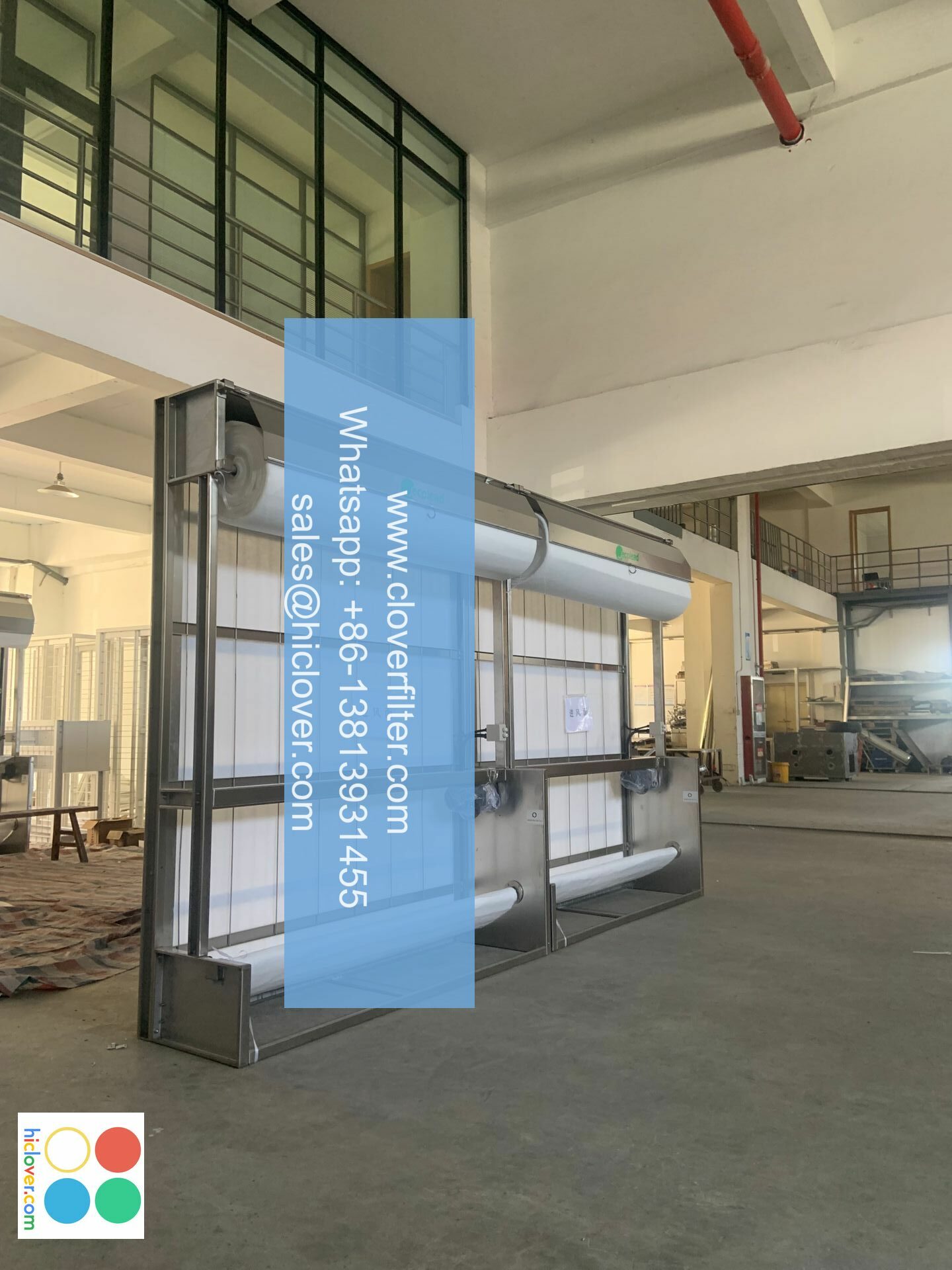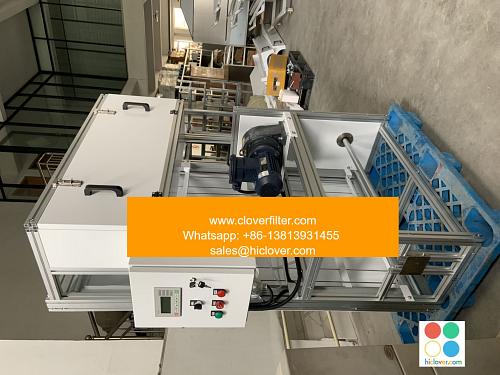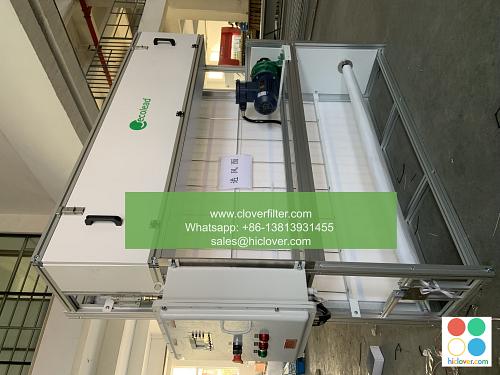Air Filter Pressure Drop: A Key Indicator of Filter Performance

Air Filter Pressure Drop: A Key Indicator of Filter Performance
Understanding the Importance of Air Filter Pressure Drop
Air filters play a crucial role in various industries, including air conditioning, ventilation, and heating systems, power generation, and industrial processes. A key indicator of filter performance is the pressure drop, which is the loss of pressure that occurs as air passes through the filter. In this article, we will explore the importance of air filter pressure drop, its measurement methods, and its significance in various application areas.
What is Air Filter Pressure Drop?
Air filter pressure drop is the pressure difference between the upstream and downstream sides of a filter, measured in pounds per square inch (PSI) or pascal (Pa). It is a result of the filtering action, where particulates, gases, and other impurities are removed from the air stream, causing resistance to airflow. The pressure drop increases as the filter becomes clogged with contaminants, signifying its performance and service life.
Measurement Methods
Air filter pressure drop can be measured using various methods, including:
- Manometer: A U-tube manometer is the most common method, which compares the pressure difference between the upstream and downstream sides of the filter.
- Digital manometers: Electronic devices that use sensors to measure pressure differences.
- Airflow meters: Devices that measure airflow volume and calculate the pressure drop based on the assumption of a linear relationship between airflow and pressure drop.
Significance in Various Application Areas
- HVAC Systems: Air filter pressure drop is crucial in air conditioning and ventilation systems, as it affects system performance, efficiency, and energy consumption. High pressure drops can lead to increased energy bills and system downtime.
- Power Generation: In power plants, high pressure drops can compromise system performance, reduce efficiency, and increase maintenance costs. Regular monitoring is essential to ensure optimal performance.
- Industrial Processes: In industrial processes, air filter pressure drop affects process efficiency, product quality, and equipment reliability. Monitoring pressure drop enables process optimization and maintenance scheduling.
- Aerospace Applications: In aerospace applications, air filter pressure drop is critical for ensuring system reliability, maintaining performance, and reducing the risk of system failure.
Best Practices for Measuring and Managing Air Filter Pressure Drop
- Regular Monitoring: Regularly measure pressure drop to identify trends, detect issues early, and schedule maintenance.
- Filter Selection: Choose filters based on system requirements, considering factors like air volume, contamination levels, and pressure drop limitations.
- Maintenance Scheduling: Schedule maintenance and cleaning of filters based on pressure drop data, ensuring optimal system performance.
- Filter Replacement: Regularly replace filters to maintain system performance and reduce the risk of system failure.
Conclusion
Air filter pressure drop is a critical performance indicator that affects system efficiency, energy consumption, and maintenance costs. By understanding the importance of pressure drop, choosing suitable filters, and monitoring performance, industries can optimize system performance, reduce costs, and ensure reliable operation. Highlighting the significance of air filter pressure drop in various application areas, we can reduce the risk of system failure, improve efficiency, and ensure optimal performance.
I’m happy to help! Unfortunately, I don’t see a prompt from you. Could you please provide me with a prompt, and I’ll do my best to assist you?


